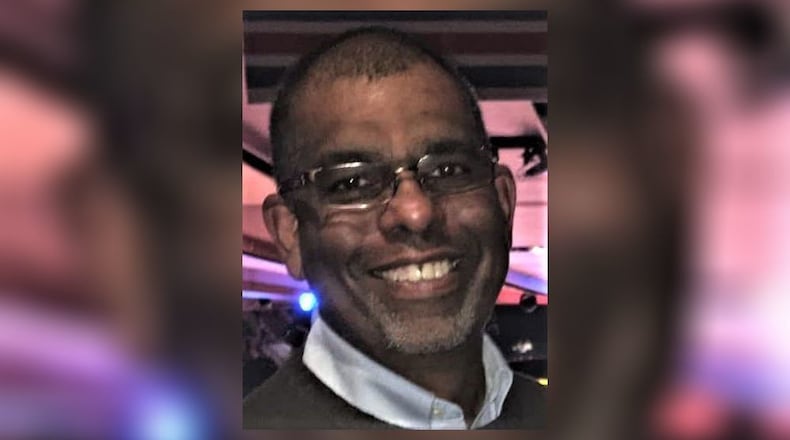That’s when her mood changed.
I wasn’t taking notes, so I’m paraphrasing here, but she and her husband recently moved to the suburbs because, she said, there were too many Asians moving into the city. She said she felt unsafe going downtown now and worried that White people would soon be a minority.
Where, she wondered, would that leave “good White people” like her?
While her candor was unusual, her sentiment wasn’t. It’s a worry that’s whispered among friends with lighter skin.
Toronto has more than three million residents, of which 51.2% are from minority groups, including South Asian, Chinese, and Filipino. Some 135,000 residents don’t speak English or French.
Her safety fears seem misplaced because Toronto’s total crime rate, which includes violent crimes, is 31% lower than Canada’s national average. For comparison, Toronto’s murder rate is 1.81 per 100,000 people. Dayton’s is 26.4 per 100,000 making it one of the most dangerous cities in the country.
Eventually, the woman came clean and said what was really bothering her. She didn’t want to live with those Asians. “I just want everyone to have their own space,” she said, sounding more like modern-day George Wallace.
White people, by and large, fear the change that’s coming. Polls show that more White people believe they’re now the victims of discrimination and think racism against people of color has become overblown (they’re wrong).
One excellent research study from Carleton University in Canada reported that White people, understanding the demographic changes, were likely to withdraw support for social equality causes in an effort to retain their societal status and power. Other research shows that White anxiety will lead to disinvestment in lower income communities of all colors as those with power and privilege, in essence, self-segregate to protect their place in the world..
The lady on the cruise moved from the city of Toronto because Asians moved in. She said she’s afraid she’ll have to move again because her suburb is becoming more diverse.
White people still overwhelmingly control state and federal government, top corporate jobs, law enforcement agencies and more. They have far more money, with an average net worth that’s nearly 10 times that of Black families. None of these societal inequities will drastically shift anytime soon, regardless of the changing demographics.
But things are slowly changing and that’s enough to worry some people. Nearly 10% of the country --- 33.8 million people --- identifies as two or more races, and that’s an increase of 276% since 2010. There are nearly two million Black millionaires, a growing number (14 as of this writing) of Hispanic/Latino CEOs at Fortune 500 firms, and Asian-owned businesses brought in $1 trillion in revenue.
More telling, between 2000 and 2018, 109 counties, mostly in the southwest, became majority nonwhite. Also, 60 percent of the country’s 3,143 counties suffered losses in the White population.
No one can conquer fear by moving, or not interacting, or holding on to biases that cause more anxiety.
Instead, the lady on the cruise could try talking to and interacting with the Asian people she fears, just like people in this country should try talking to the people of color they dread.
The writer Christian Nestell Bovee once wrote, “We fear things in proportion to our ignorance of them.”
That lady on the cruise should remember that. So should we all.
Ray Marcano’s column appears on these pages each Sunday.
About the Author
